Technological Innovations
The Needle-Free Blood Drawing Device Market is experiencing a surge in technological innovations that enhance the efficiency and safety of blood collection. Recent advancements in microfluidics and laser technology have led to the development of devices that can draw blood without the need for needles. These innovations not only reduce the pain associated with traditional blood draws but also minimize the risk of needle-stick injuries. As a result, healthcare providers are increasingly adopting these devices, which are projected to grow at a compound annual growth rate of approximately 15% over the next five years. This trend indicates a strong market potential for needle-free solutions, driven by the demand for safer and more patient-friendly blood collection methods.
Growing Awareness and Acceptance
The Needle-Free Blood Drawing Device Market is benefiting from increasing awareness and acceptance among both healthcare professionals and patients. Educational initiatives and marketing campaigns are effectively communicating the advantages of needle-free blood collection methods. As more healthcare providers recognize the benefits of these devices, including reduced pain and improved patient compliance, the adoption rate is likely to increase. Additionally, patients are becoming more informed about their options, leading to a preference for less invasive procedures. This growing acceptance is expected to drive market growth, as more healthcare facilities integrate needle-free solutions into their practices.
Increased Focus on Patient Safety
The Needle-Free Blood Drawing Device Market is significantly influenced by the heightened focus on patient safety in healthcare settings. The risk of infections and complications associated with needle use has prompted healthcare providers to seek safer alternatives. Needle-free devices reduce the likelihood of needle-stick injuries, which are a major concern for healthcare professionals. Regulatory bodies are also advocating for safer blood collection methods, which further supports the adoption of needle-free technologies. As hospitals and clinics implement stricter safety protocols, the demand for needle-free blood drawing devices is expected to rise, indicating a robust market growth trajectory.
Supportive Regulatory Environment
The Needle-Free Blood Drawing Device Market is supported by a favorable regulatory environment that encourages innovation and adoption of new technologies. Regulatory agencies are increasingly recognizing the benefits of needle-free devices, leading to streamlined approval processes for new products. This supportive framework not only facilitates the entry of innovative solutions into the market but also instills confidence among healthcare providers regarding the safety and efficacy of these devices. As regulations evolve to promote safer blood collection methods, the needle-free blood drawing device market is poised for substantial growth, reflecting the industry's commitment to improving patient care.
Rising Demand for Minimally Invasive Procedures
The Needle-Free Blood Drawing Device Market is witnessing a growing demand for minimally invasive medical procedures. Patients are increasingly seeking alternatives to traditional blood draws due to concerns about pain and discomfort. Needle-free devices offer a solution that aligns with this demand, providing a less traumatic experience for patients. The market for these devices is expected to expand as healthcare systems prioritize patient comfort and satisfaction. Furthermore, the increasing prevalence of chronic diseases necessitates regular blood testing, further driving the need for innovative blood collection methods. This shift towards minimally invasive techniques is likely to propel the growth of the needle-free blood drawing device market.


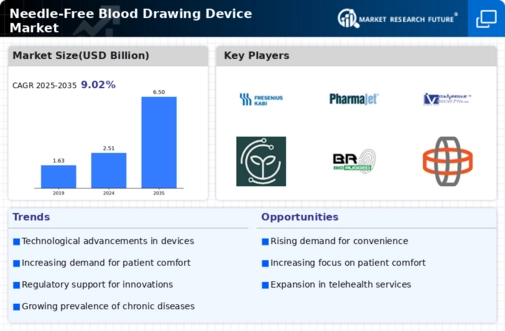
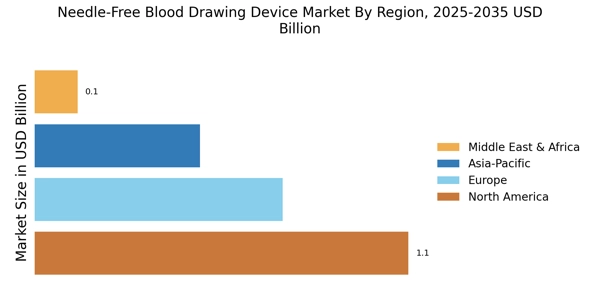
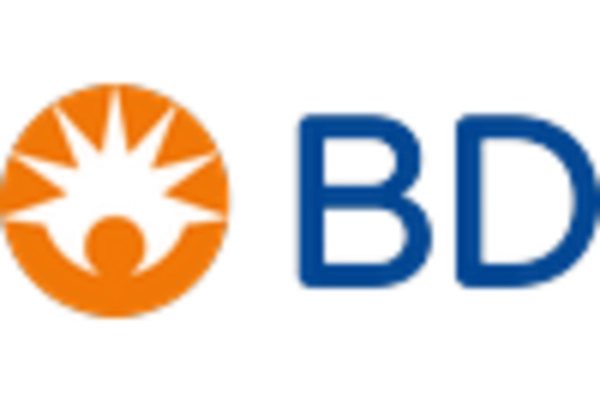
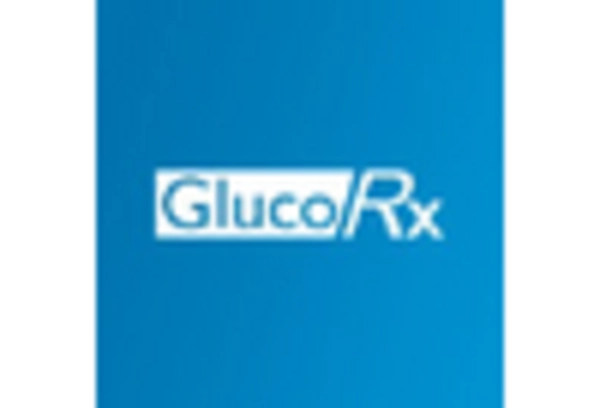
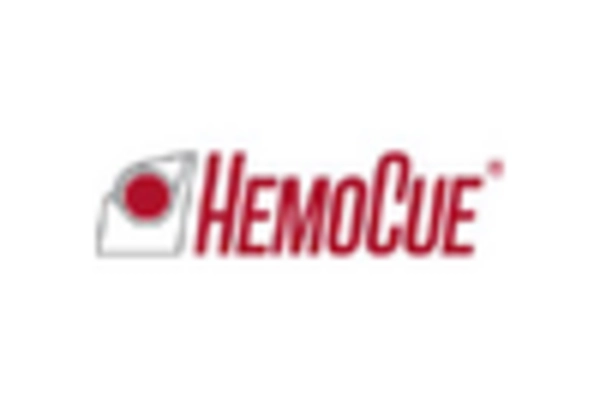
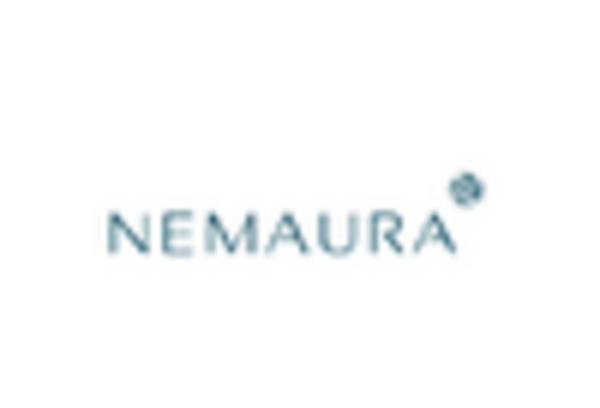
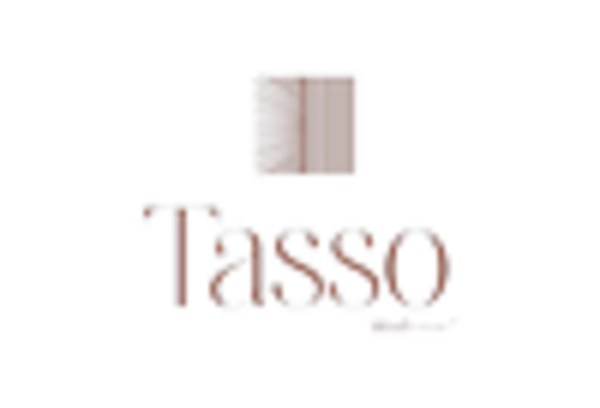
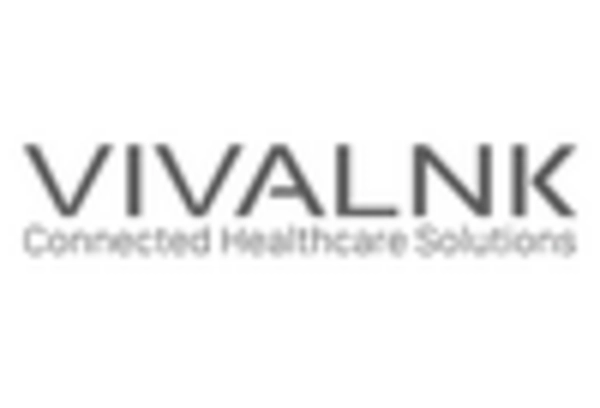








Leave a Comment